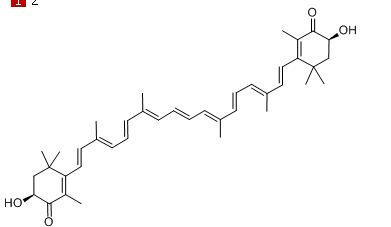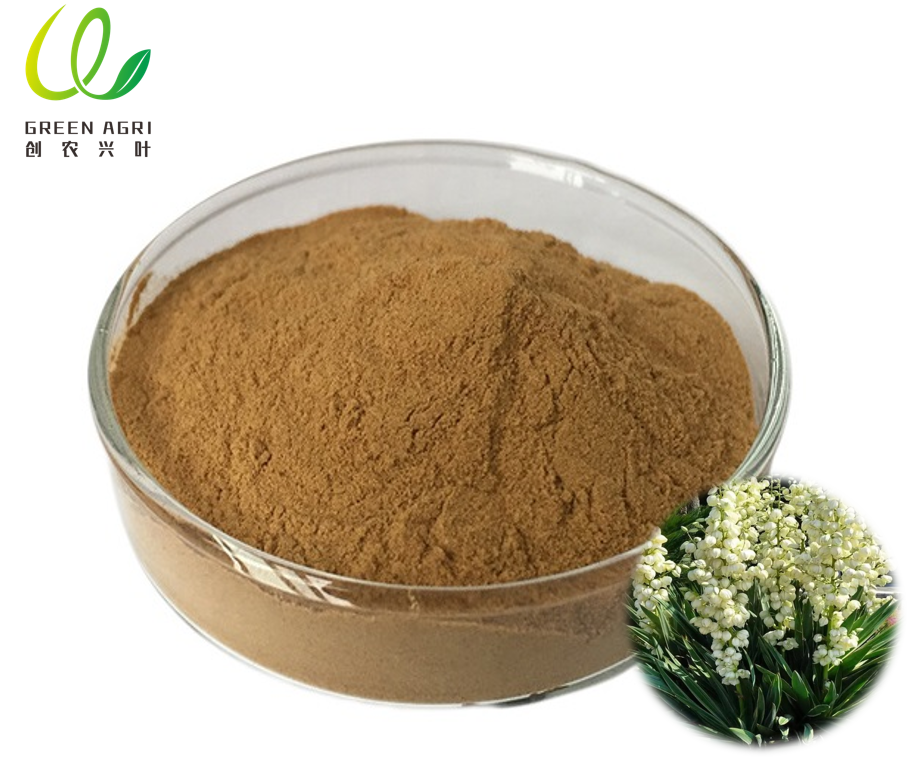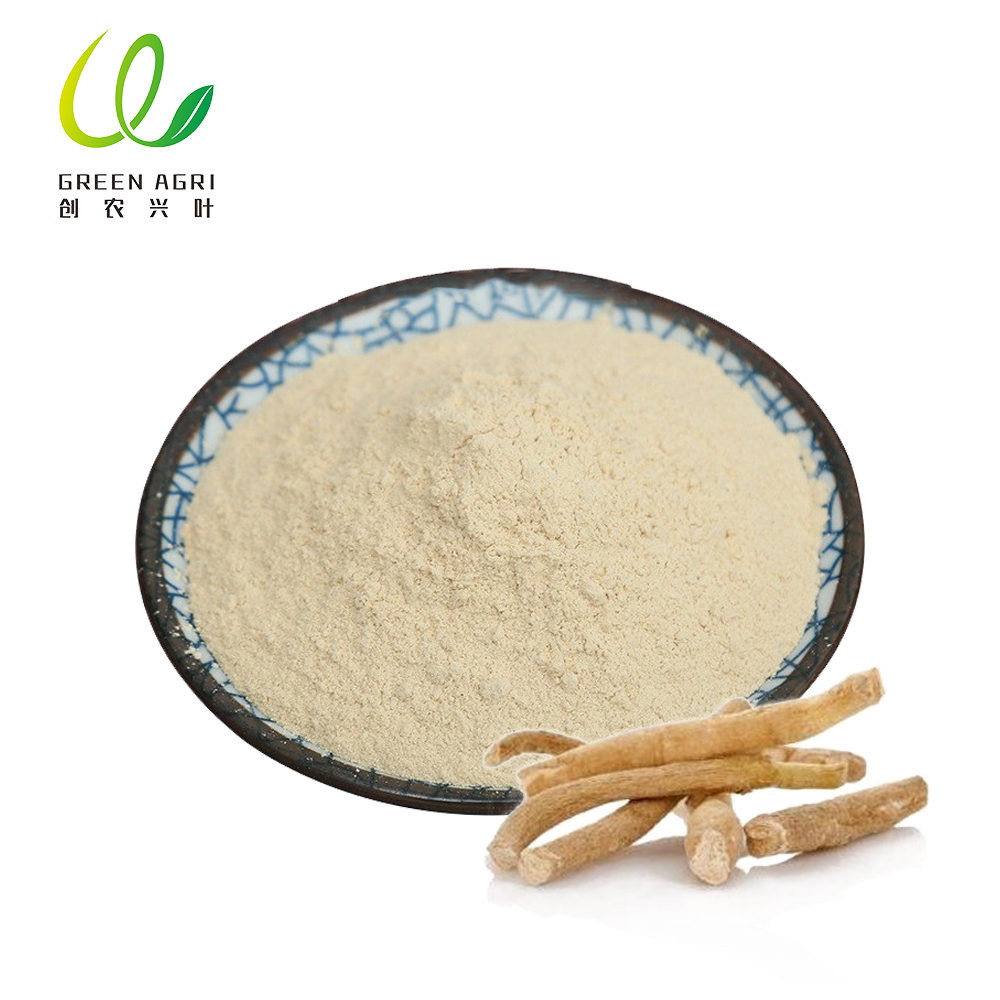Haematococcus Pluvialis Algae Astaxanthin
Product Name:Haematococcus Pluvialis Algae Astaxanthin
CAS No.: 472-61-7
Molecular Formula: C40H52O4
Molecular Weight: 596.85
Specification: 1%-10% assay by HPLC
Appearance: Dark Red Powder
Specification: natural Astaxanthin 10% HPLC;
Advantage :Bulk stock in USA warehouse,Hot sale in USA Marketing;
Certificate: KOSHER, HALAL, ISO,ORGANIC CERTIFICATE;
What is Haematococcus Pluvialis Algae Astaxanthin?
Haematococcus pluvialis algae astaxanthin is a kind of microalgae rich in a large amount of natural astaxanthin (Astaxanthin). Haematococcus pluvialis astaxanthin plays a positive role in the growth and development, reproduction, body color and physiological and biochemical functions of aquatic animals.
Aquaculture and poultry farming is also one of the application fields of haematococcus pluvialis astaxanthin market. In commercial fish and crustacean (such as salmon, shrimp, crab, rainbow trout, etc.) farming plants, usually adding astaxanthin to their feed has a great effect on their normal growth and healthy breeding, improving survival rate and reproduction rate. important role.
Adding haematococcus pluvialis algae astaxanthin to poultry feed can increase the egg production rate of hens and promote the health of laying hens. British MAG veterinary experts have pointed out in years of research that adding 15mg/kg of haematococcus pluvialis algae astaxanthin extract to red and brown-red dogs can improve hair color and increase its ornamental value.
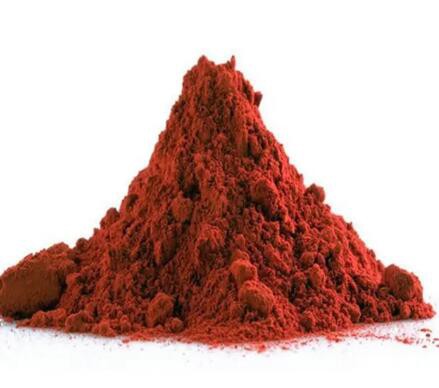
Basic Information:
Latin name | Haematococcus Pluvialis |
Part used | Microalgae |
Extraction Type | Fermentation |
Active Ingrdients | Astaxanthin |
Cas No | 472-61-7 |
Molecular Formula | C40H52O4 |
Formula Weight | 596.85 |
Test Method | HPLC |
Formula Structure |
|
Specifications | Astaxanthin 5% Purple red powder |
Application | FEED |
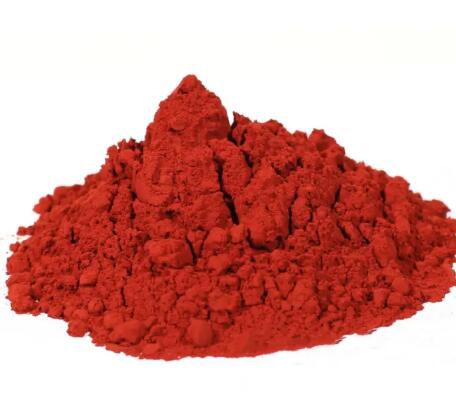
Haematococcus Pluvialis Algae Astaxanthin Uses
According to a number of studies, haematococcus pluvialis algae astaxanthin has a high rate of astaxanthin accumulation and ratios of astaxanthin and its esters that are very similar to those found in aquaculture animals. In addition, the structure of astaxanthin in haematococcus pluvialis algae astaxanthin is predominantly of the type 3Ssingle bond3S, which is comparable to that of astaxanthin in salmon and other aquatic species (Milan et al., 2021).
According to Zhang et al., dietary astaxanthin and astaxanthin-enriched micro-algal improved crustacean animals’ immunity and antioxidant activities, as well as their growth (Zhang et al., 2021; Jiang and co., 2020; Liu and co., 2020).
In addition, haematococcus pluvialis astaxanthin is an excellent pigment that can enhance the ornamental fish’s color and the nutritional quality of aquatic animals (Milan et al.,) as well as improve the color of fish, shrimp, and crabs. 2021; 2019, Cheng and Wu; Yu and other, 2021; 2021, Li and Liu; et al., Berchielli-Morais 2016).
Additionally, haematococcus pluvialis algae astaxanthin extract could be utilized as a source of protein. Defatted haematococcus pluvialis algae astaxanthin extract meal and soybean isolate were found to be able to replace 25% of the fish meal in juvenile Perca flavescens fed as a partial protein source without affecting growth (Jiang et al., 2019). Litopenaeus vannamei ate 12.5% fish meal instead of H. pluvialis, which significantly increased weight gain and decreased feed coefficient (Ju et al., 2012), but the mechanism that promoted growth remained a mystery.
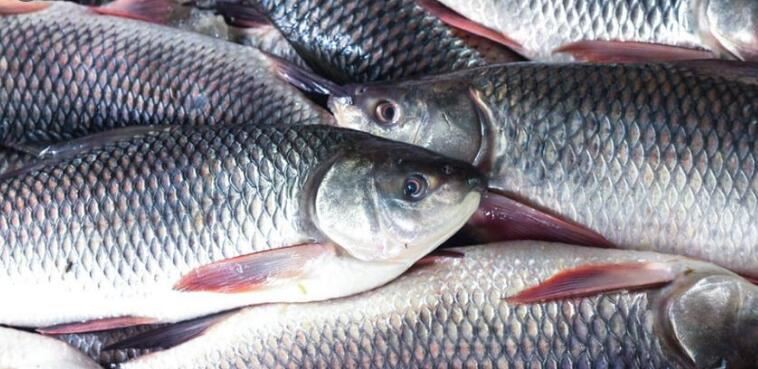
Where to buy Haematococcus Pluvialis Algae Astaxanthin?
Just send email to info@greenagribio.com , or submit your requirement in bottom form, we are of service at any time!
人気ラベル: haematococcus pluvialis algae astaxanthin,haematococcus pluvialis astaxanthin,haematococcus pluvialis algae astaxanthin extract














